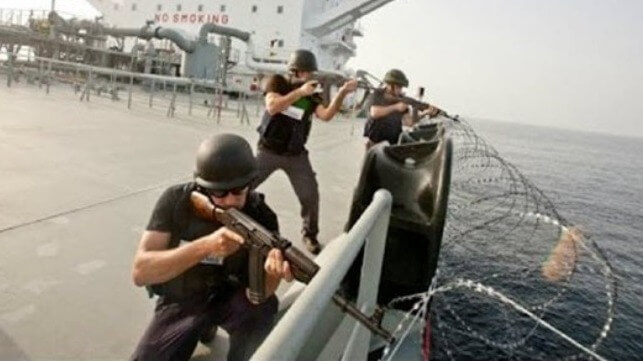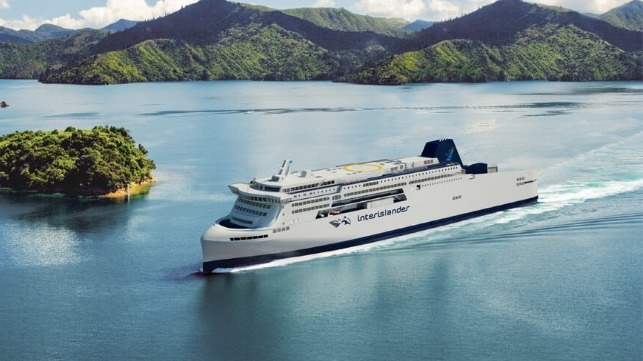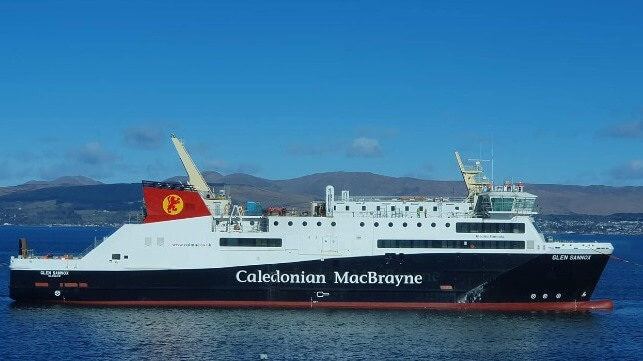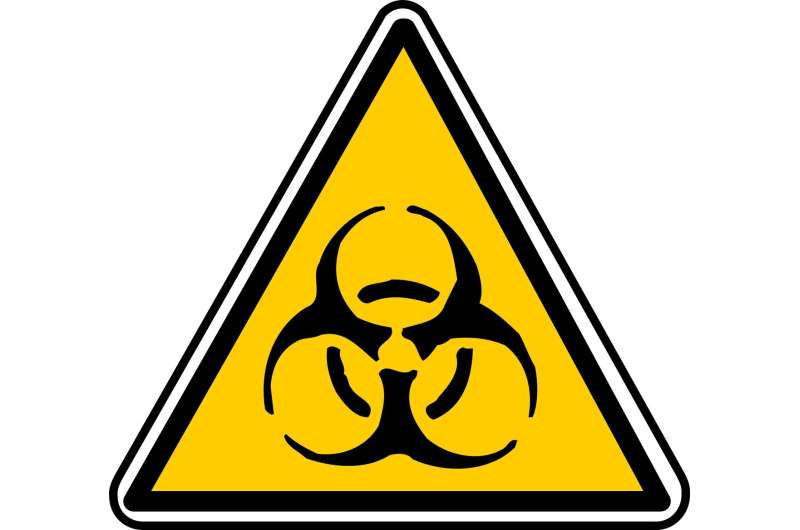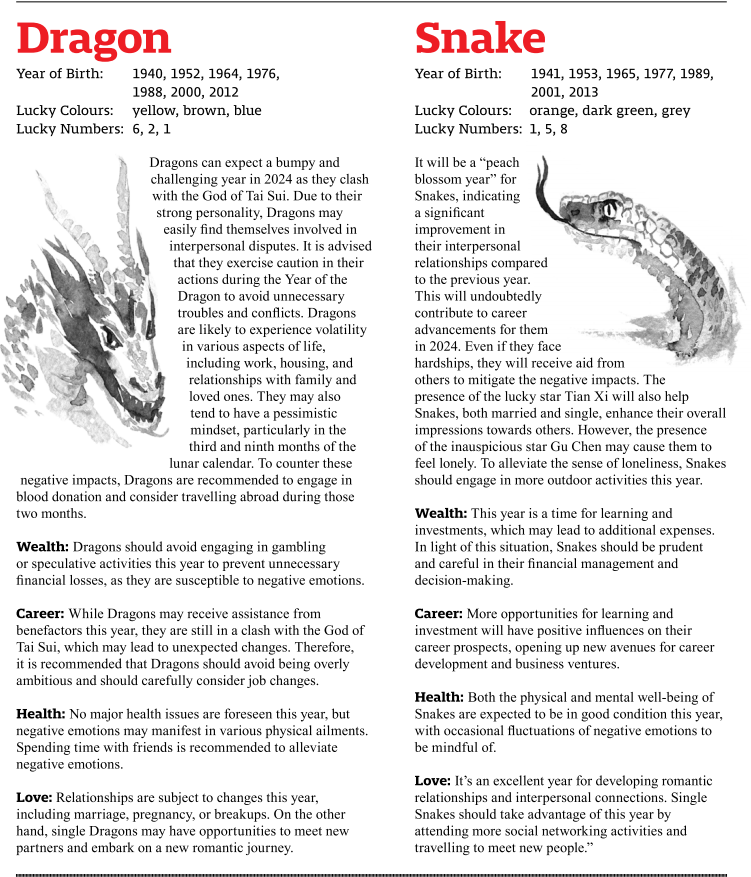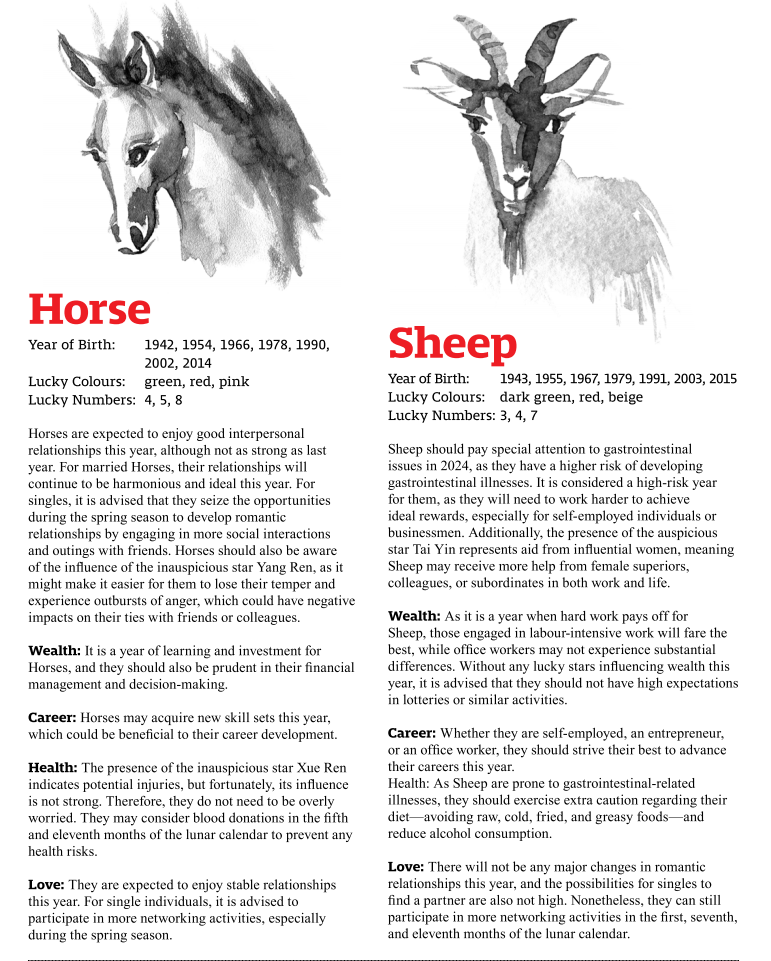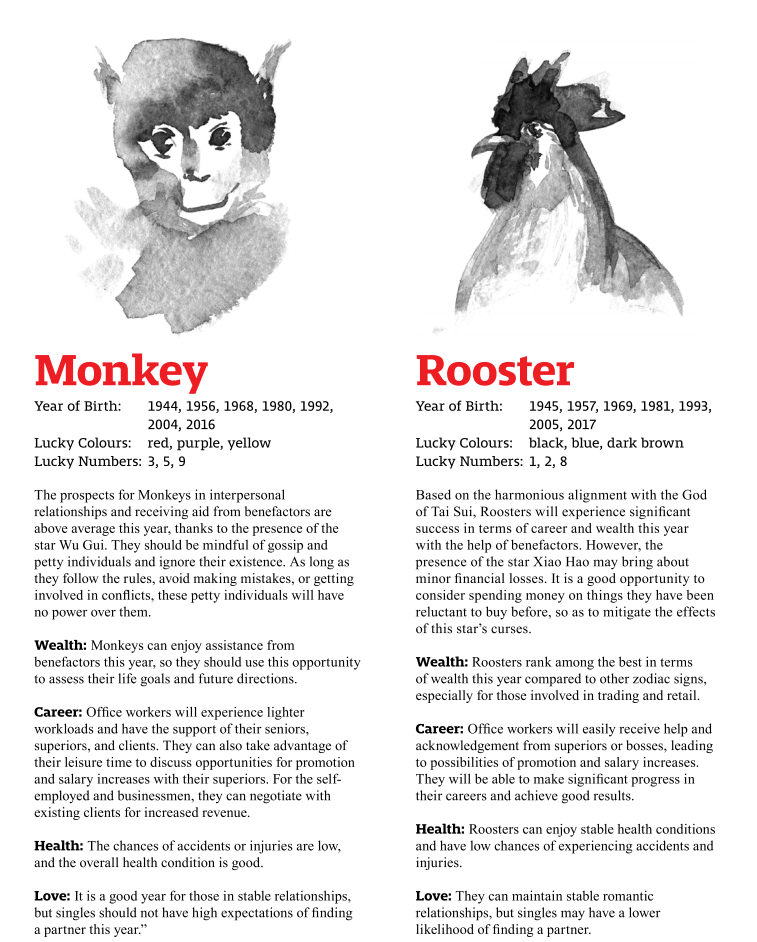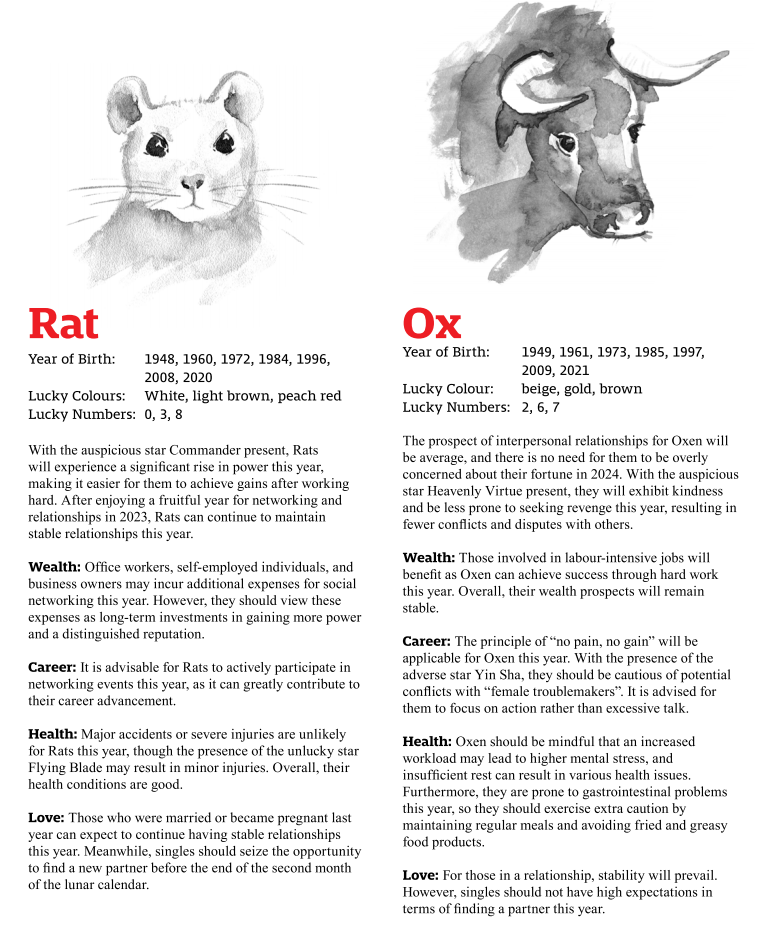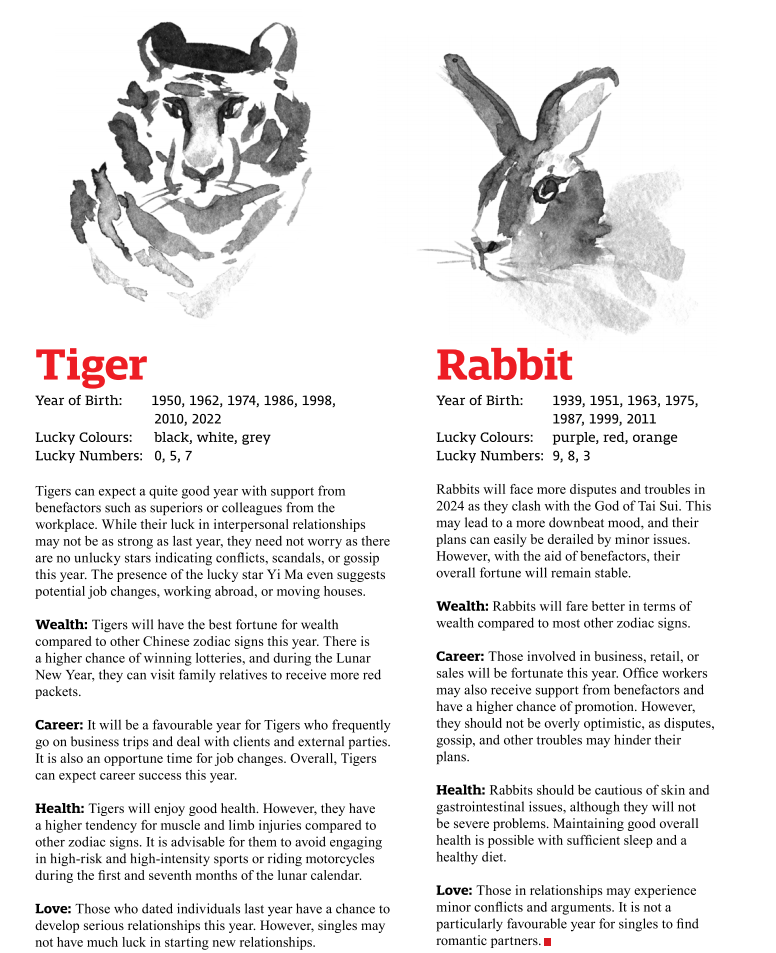Farmers Block the Port of Antwerp to Show Frustration with Government
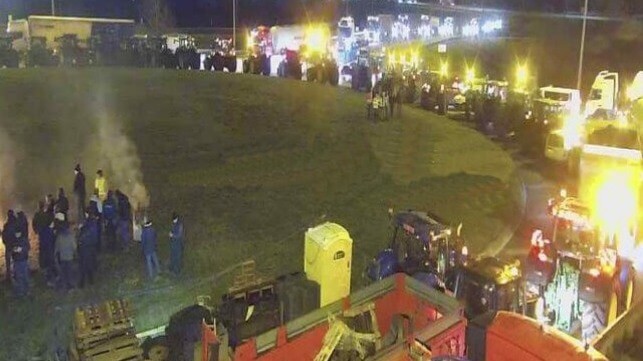
Independent farmers took to the streets around the Port of Antwerp today to show their frustration at slow talks between the government and farmers to improve working conditions. Today’s demonstrations were officially independent but union leaders who staged large-scale protests two weeks ago at both Antwerp and Bruges told reporters they welcomed today’s protests as they continue discussions with the government.
Reports said as many as 500 tractors descended on the roads leading into the port bringing operations at times to a standstill and at other times forcing diversions to alternate routes. The spokesperson for the farmers’ group said they were operating “filter blockades.” They said emergency vehicles would be permitted to pass as well as trucks carrying toxic or perishable cargo.
Trucks attempting to move containers in and out of one of Europe’s busiest seaports however were brought to a standstill. The Flemish Traffic Authority was also reporting long lines of cars and busses on many of the roads around the city. They were advising drivers to stay away from the port area.
Late in the day, they announced that the protestors had agreed to a shift change at the port. Dockworkers were being permitted in and out of the port. It was believed the farmers would withdraw their protest at the end of the day, although the previous protests disrupted operations at Bruges between January 30 and February 2 and Antwerp starting on January 31 also ending on February 2.
Police command in Bruges monitoring the earlier demonstrations
“We want to show our determination and keep putting pressure on politicians,” a spokesperson for today’s demonstrations told The Brussels Times. According to the newspaper, the government and the unions had previously held three rounds of talks with the next meeting scheduled for this coming Thursday.
The farmers are protesting Belgium’s agricultural policies. They cite the difficult working conditions for farmers and are demanding better pay for their crops.
Similar movements have been sweeping across many parts of Europe. Farmers in France, the Netherlands, Germany, Spain, and Poland have all staged similar actions demanding more money, fewer regulations, easing of environmental rules, and higher selling prices.
Like their Belgian colleagues, in France, they are also complaining of slow movement by the government in response to their demands. Last month, French farmers who have been long known for their activism again took to the streets blocking traffic to demand more from the government. Reuters is reporting that the head of France’s largest farmers’ union has said it is likely they will again take to the streets saying the French government has not done enough for farmers.
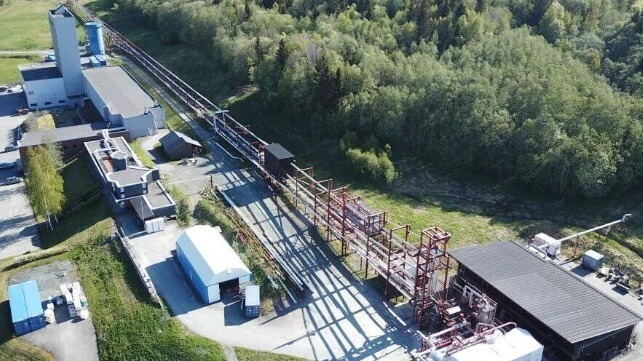
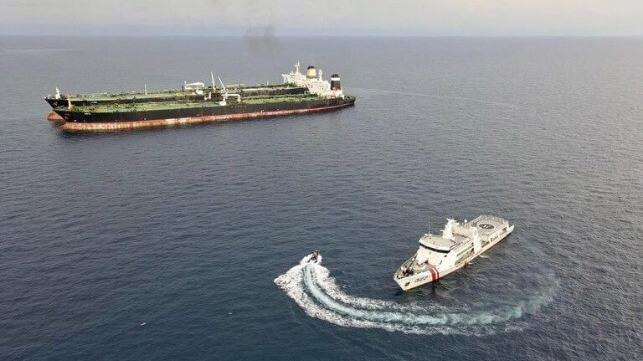
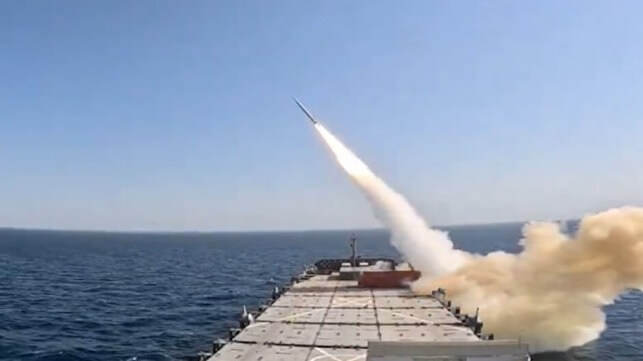
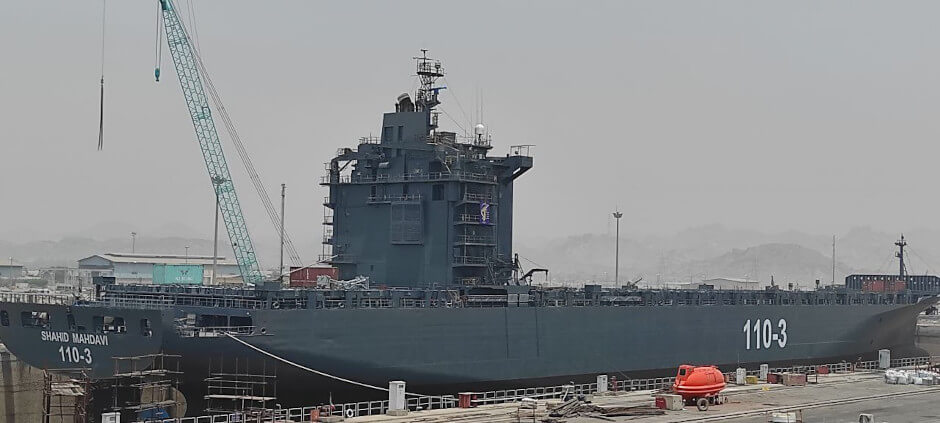 Shahid Mahdavi under conversion (Iranian social media)
Shahid Mahdavi under conversion (Iranian social media) 